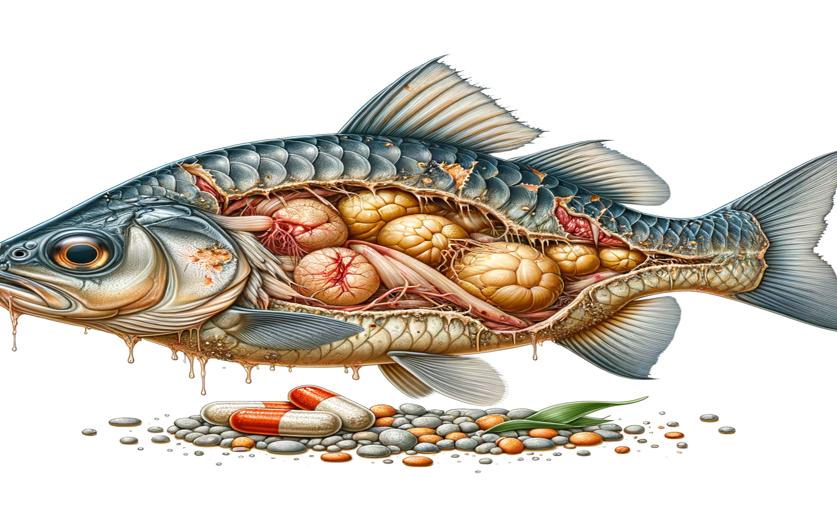
Triazophos Toxicity Causes Organ Damage and Recovery in a Common Fish Species
Jenn Hoskins
29th June, 2024

Image Source: Natural Science News, 2024
Key Findings
- The study by Loyola College examined the effects of the pesticide triazophos on the fish species Heteropneustes fossilis
- Exposure to triazophos caused significant tissue damage in the fish's gills, liver, intestines, kidneys, brain, and muscles
- Partial recovery of tissue structure was observed after transferring the fish to clean water, but some damage remained
References
Main Study
1) Triazophos toxicity induced histological abnormalities in Heteropneustes fossilis Bloch 1794 (Siluriformes: Heteropneustidae) organs and assessment of recovery response
Published 28th June, 2024
https://doi.org/10.1186/s41936-024-00373-x
Related Studies
2) Linking behavioural alterations with biomarkers responses in the European seabass Dicentrarchus labrax L. exposed to the organophosphate pesticide fenitrothion.
3) Carbofuran insecticide induced biochemical alterations in liver and muscle tissues of the fish Clarias batrachus (linn) and recovery response.
Journal: Aquatic toxicology (Amsterdam, Netherlands), Issue: Vol 66, Issue 1, Jan 2004



 7th June, 2024 | Greg Howard
7th June, 2024 | Greg Howard